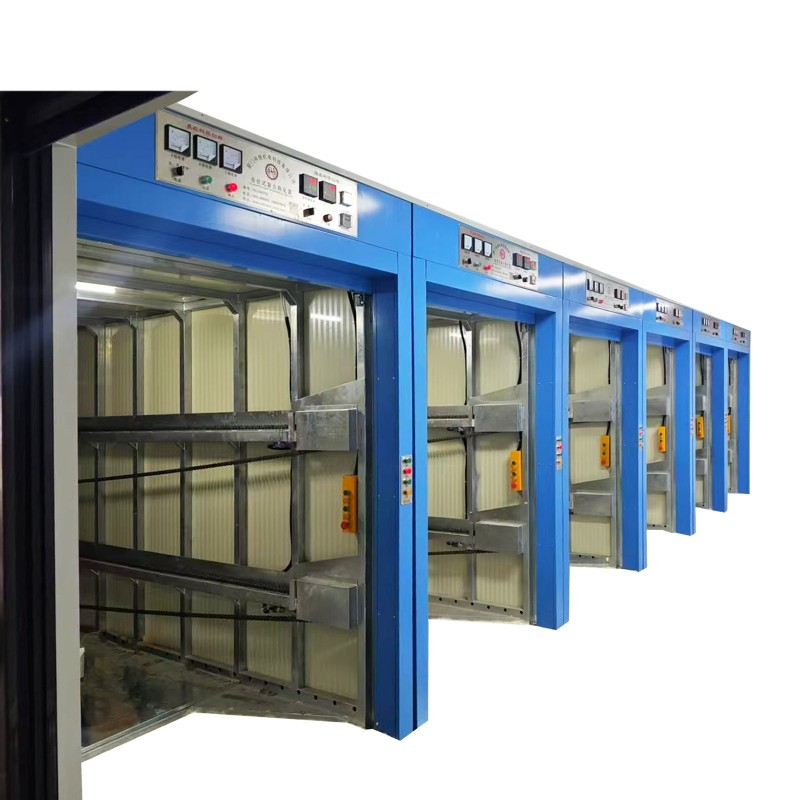Drying Chamber & Curing Chamber: Essential Equipment for Industrial Quality and Efficiency
2025-06-20
In various manufacturing and laboratory processes, precise control over temperature, humidity, and drying time is critical for achieving optimal results. This is where Drying Chambers and Curing Chambers come into play. These specialized enclosures are designed to enhance product stability, improve material properties, and ensure consistent outcomes across industries such as electronics, pharmaceuticals, composites, coatings, and construction materials.

What is a Drying Chamber?
A Drying Chamber is an enclosed unit that removes moisture from products or materials using controlled heat and airflow. It’s widely used in laboratories, production lines, and quality control processes to dehydrate, solidify, or prepare items for further processing or long-term storage.
Key features include:
Adjustable temperature controls
Forced convection or vacuum systems
Uniform heat distribution
Stainless steel interiors for durability and hygiene
What is a Curing Chamber?
A Curing Chamber, on the other hand, provides a controlled environment for curing reactions, such as polymerization, hardening of adhesives, paint drying, or concrete setting. Curing chambers maintain specific temperature, humidity, and sometimes pressure conditions required to complete chemical reactions or material stabilization.
Common features include:
Humidity regulation (often 40–95%)
Programmable thermal cycles
Precise environmental monitoring
Energy-efficient insulation
Applications in Industry
1. Electronics Manufacturing
Drying chambers are used to remove moisture from PCBs and components, while curing chambers are essential for hardening epoxy and potting compounds.
2. Construction Materials
Curing chambers help control the hydration of cement and concrete, ensuring proper strength and durability.
3. Automotive and Aerospace
Both drying and curing chambers are used for treating composite materials, paints, and coatings.
4. Food & Pharmaceuticals
Drying chambers remove moisture from ingredients, herbs, and tablets, while curing chambers can be used in fermentation or aging processes.
5. Laboratory Use
Ideal for sample preparation, material testing, and ensuring repeatable environmental conditions in experiments.
Benefits of Using Drying and Curing Chambers
Consistent product quality
Shortened production cycles
Energy efficiency and reduced waste
Improved safety and hygiene
Precise environmental control
Conclusion
Whether you’re removing moisture from delicate materials or ensuring the perfect cure of high-performance composites, Drying Chambers and Curing Chambers are vital tools for modern manufacturing and research. By investing in the right chamber with accurate controls and dependable performance, industries can achieve higher efficiency, better product quality, and stronger long-term reliability.


